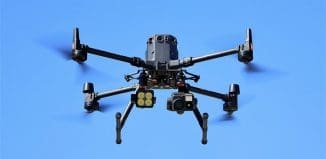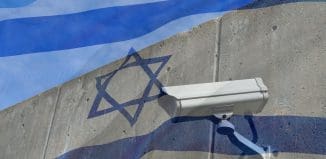The TSA Dilemma – Technology or Body Language
This post is also available in:  עברית (Hebrew)
עברית (Hebrew)
 TSA has spent roughly $1 billion training thousands of “behavior detection officers” as part of the Screening of Passengers by Observation Techniques (SPOT) program. The purpose of SPOT is to identify facial and body expressions that signals terrorist activity. According to HLS News Wire the results have not been impressive: fewer than 1 percent of the more than 30,000 passengers a year who are identified as suspicious end up being arrested, and the offenses have not been linked to terrorism.
TSA has spent roughly $1 billion training thousands of “behavior detection officers” as part of the Screening of Passengers by Observation Techniques (SPOT) program. The purpose of SPOT is to identify facial and body expressions that signals terrorist activity. According to HLS News Wire the results have not been impressive: fewer than 1 percent of the more than 30,000 passengers a year who are identified as suspicious end up being arrested, and the offenses have not been linked to terrorism.
A November 2013 report by the Government Accountability Office (GAO) recommended that the TSA should reduce future funding for the agency’s behavioral detection program because there is little evidence of the program’s effectiveness. According to the GAO, “available evidence does not support whether behavioral indicators, which are used in the Transportation Security Administration’s (TSA) Screening of Passengers by Observation Techniques (SPOT) program, can be used to identify persons who may pose a risk to aviation security.”
iHLS – Israel Homeland Security
The recommendation was supported by a survey in which psychologists Charles Bond and Bella DePaulo analyzed more than 200 studies in which participants correctly identified 47 percent of lies as deceptive and 61 percent of truths as nondeceptive, resulting in an average of 54 percent — only 4 percent better than chance. Accuracy rates were lower in experiments when judgment had to be made relying solely on body language.































